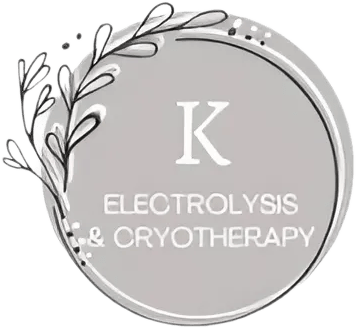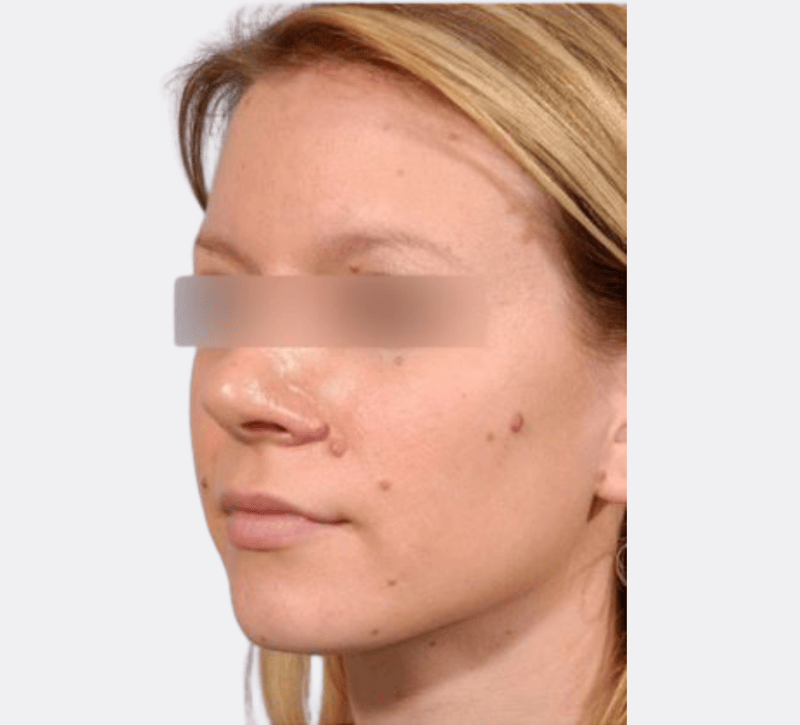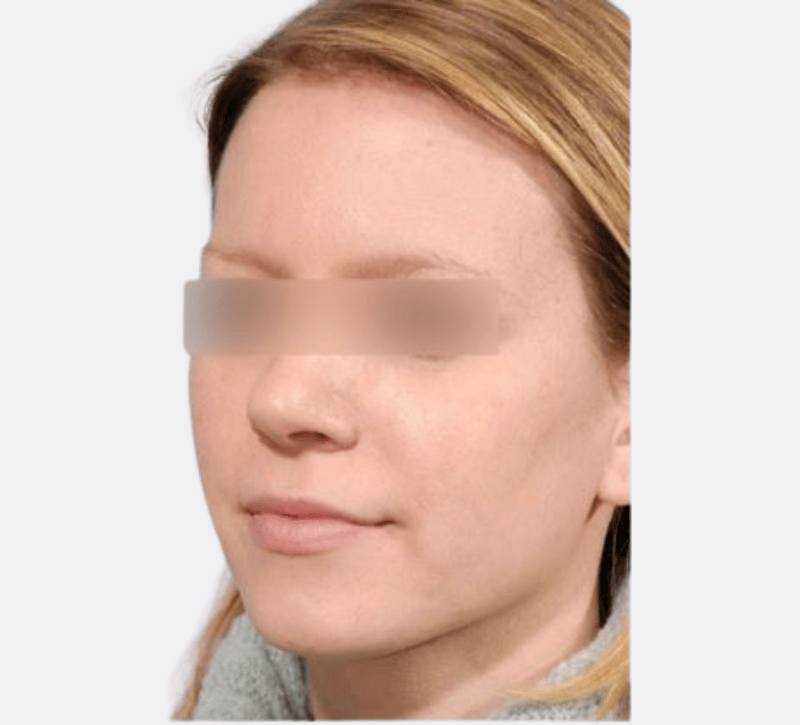Introduction
Cryotherapy, a treatment that utilizes extreme cold, is becoming increasingly popular in Grande Prairie for its health and wellness benefits. Whether you’re an athlete seeking faster recovery, someone managing chronic pain, or looking to enhance your metabolism, cryotherapy offers a versatile solution for various conditions. Local clinics in Grande Prairie are equipped to provide high-quality cryotherapy services tailored to your unique needs. In this blog, we’ll explore the science, benefits, and applications of cryotherapy and how it can benefit residents of Grande Prairie.
What is Cryotherapy?
Cryotherapy, also known as cold therapy, involves exposing the body to extremely low temperatures to treat specific conditions. Grande Prairie residents can choose between localized cryotherapy, which targets particular areas, or whole-body cryotherapy, where you immerse yourself in a cryochamber for a few minutes. This innovative treatment helps freeze and eliminate damaged tissues, reduce inflammation, and stimulate natural healing processes.
Local clinics in Grande Prairie use advanced technology, such as cryochambers and localized cryo-devices, to deliver effective and safe treatments. Whether it’s for sports medicine, pain relief, or even weight management, cryotherapy is a growing trend in the city.
How Does Cryotherapy Work?
1. External Cryotherapy
Residents of Grande Prairie often turn to external cryotherapy for surface-level conditions like muscle soreness, skin issues, or minor injuries. Providers use tools like a cryotherapy wand or spray device to apply cold directly to the affected area, reducing inflammation and numbing pain. This quick and effective treatment is ideal for athletes and those recovering from everyday strains.
2. Internal Cryotherapy
For deeper medical issues, such as tumors or internal inflammation, internal cryotherapy (or cryoablation) is a preferred option. In Grande Prairie, healthcare providers use a cryoprobe inserted into the body to freeze and destroy abnormal tissues. This minimally invasive procedure is commonly used for conditions like prostate or liver cancer, offering an alternative to traditional surgery.
Both external and internal methods leverage the body’s natural response to cold, promoting healing and alleviating discomfort effectively.
Health Benefits of Cryotherapy
1. Pain and Inflammation Relief
Cryotherapy is widely known for its ability to reduce pain and inflammation. The extreme cold constricts blood vessels, which helps decrease swelling and discomfort in the treated area. This makes cryotherapy particularly beneficial for individuals suffering from arthritis, sports injuries, and other chronic inflammatory conditions.
By numbing the nerve endings, cryotherapy provides immediate relief, making it a go-to option for managing localized pain effectively.
2. Muscle Recovery
Athletes in Grande Prairie frequently use cryotherapy to speed up muscle recovery. Whether you’re recovering from intense training at a local gym or participating in Grande Prairie’s active sports community, cryotherapy can help reduce muscle soreness, alleviate fatigue, and repair tissue damage caused by strenuous activity. Whole-body cryotherapy is especially popular, delivering rejuvenating results in just a few minutes.
Whether you’re a weekend warrior or a professional athlete, cryotherapy can help you stay at the top of your game.
3. Metabolic Activation
Cold temperatures have been shown to activate brown fat in the body, which plays a crucial role in generating heat by burning calories. This process, known as thermogenesis, can aid in weight management by promoting the conversion of white fat into metabolically active brown fat. Studies suggest that regular exposure to moderate cold can enhance your body’s ability to burn fat efficiently.
Cryotherapy not only aids recovery but also supports overall metabolic health, making it a dual-benefit treatment.
Cryotherapy and Weight Management
Brown Fat Activation
Our bodies store two types of fat: white fat, which accumulates and contributes to weight gain, and brown fat, which is burned to produce heat. Cryotherapy stimulates the activation of brown fat, encouraging the body to burn more calories to maintain a stable temperature. This mechanism is particularly beneficial for those looking to lose weight or improve metabolic health.
Cold Exposure and Fat Loss
Research shows that brief exposure to cold temperatures can increase energy expenditure and enhance fat metabolism. Cryotherapy sessions, whether localized or whole-body, help the body burn more calories during and after the treatment. While it’s not a standalone solution for weight loss, cryotherapy can complement a healthy diet and exercise routine.
Shivering and Calorie Burn
Interestingly, shivering itself triggers calorie burn by activating hormones like irisin, which promotes fat metabolism. A single cryotherapy session can simulate this effect, helping to burn additional calories without the discomfort of prolonged shivering. For those seeking effective ways to boost their weight loss efforts, cryotherapy offers a unique and science-backed option.
Improved Sleep Through Cryotherapy
Regulating Circadian Rhythms
Cryotherapy has been found to improve sleep quality by helping regulate the body’s circadian rhythms. When exposed to cold, the body’s core temperature decreases, signaling the brain that it’s time to rest. This natural response helps individuals fall asleep faster and stay asleep longer.
Cooling and Sleep Disorders
Studies have shown that individuals with insomnia often struggle to regulate body heat. Cryotherapy provides a cooling effect that mimics the natural temperature drop needed for restorative sleep. For those battling sleep disorders, regular cryotherapy sessions can be an effective complement to other treatments.
Creating the Perfect Sleep Environment
The ideal bedroom temperature for quality sleep ranges between 60 and 67 degrees Fahrenheit (15.5–19 degrees Celsius). Cryotherapy enhances this cooling effect, helping the body relax and transition into a deeper state of rest. Whether you’re dealing with sleep issues or simply want to optimize your rest, cryotherapy can play a vital role.
Cryotherapy in Mental Health
Reducing Symptoms of Seasonal Affective Disorder (SAD)
Seasonal Affective Disorder (SAD) is a type of depression that occurs during colder months due to reduced sunlight exposure. Cryotherapy has been linked to mood improvement by triggering the release of endorphins, the body’s natural “feel-good” chemicals. These effects can help combat the low energy and emotional challenges associated with SAD.
Improving Mood and Reducing Stress
Studies suggest that cold exposure stimulates the vagus nerve, which is responsible for regulating mood and stress levels. Cryotherapy sessions can help reduce cortisol (stress hormone) levels, promoting a sense of calm and well-being. For individuals dealing with high stress or anxiety, cryotherapy offers a holistic and non-invasive approach to emotional health.
Enhancing Mental Clarity
The rush of oxygenated blood caused by cryotherapy can improve brain function, leading to enhanced mental clarity and focus. Whether you’re looking to combat brain fog or boost productivity, cryotherapy provides a natural way to refresh both the body and mind.
Cryotherapy Techniques and Methods
Whole-Body Cryotherapy
Whole-body cryotherapy involves stepping into a cryochamber where temperatures can drop as low as -200°F (-130°C) for a few minutes. This method exposes the entire body to extreme cold, providing systemic benefits such as reduced inflammation, enhanced recovery, and mood improvement. Whole-body cryotherapy is popular among athletes and those seeking full-body wellness.
Targeted Cryotherapy
Targeted cryotherapy is designed to treat specific areas of the body, such as an injured muscle or a joint affected by arthritis. Using localized tools like a cryotherapy wand, providers apply cold directly to the problem area. This method is ideal for individuals needing precise and focused treatment without the need for full-body exposure.
Innovative Techniques
Advances in cryotherapy technology have introduced innovative methods, including cryofacials for skin rejuvenation and cryolipolysis for fat reduction. These targeted techniques cater to a variety of aesthetic and therapeutic goals, making cryotherapy an increasingly versatile treatment option.
Risks and Precautions
Potential Side Effects
While cryotherapy is generally safe, it’s essential to be aware of potential side effects, such as:
- Redness or irritation in the treated area.
- Numbness or tingling caused by cold exposure.
- Rare cases of frostbite from improper application.
These side effects are typically mild and resolve quickly when the procedure is performed by a trained professional.
Who Should Avoid Cryotherapy?
Cryotherapy may not be suitable for everyone. Individuals with certain medical conditions, such as Raynaud’s disease, severe cold sensitivity, or uncontrolled hypertension, should consult a healthcare provider before undergoing treatment. Pregnant individuals and those with cardiovascular issues are also advised to avoid cryotherapy unless cleared by a doctor.
Ensuring Safe Treatment
To minimize risks, always seek cryotherapy services from licensed providers who follow strict safety protocols. Ensure the facility uses modern, well-maintained equipment and conducts thorough evaluations before initiating treatment.
Cryotherapy for Athletes
Benefits in Sports Medicine
For athletes, cryotherapy has become a cornerstone of sports medicine, helping to manage injuries and improve performance. The cold exposure reduces inflammation, eases muscle soreness, and accelerates recovery from intense physical activity. Many professional athletes incorporate whole-body cryotherapy sessions into their training regimen to stay at peak performance.
Comparison with Traditional Recovery Methods
Cryotherapy offers several advantages over traditional recovery methods, such as ice baths. While ice baths require prolonged exposure to cold, cryotherapy delivers similar or enhanced benefits in just 2–3 minutes. The quick sessions and full-body impact make cryotherapy a preferred option for athletes seeking efficient recovery solutions.
Preventing Overuse Injuries
Frequent training can lead to overuse injuries, such as tendonitis or joint pain. Cryotherapy helps prevent these issues by reducing inflammation and promoting tissue repair. It’s an excellent preventive tool for athletes aiming to maintain long-term performance and avoid downtime.
Emerging Uses of Cryotherapy
Applications in Chronic Pain Management
Recent research suggests cryotherapy can play a significant role in managing chronic pain conditions like fibromyalgia and arthritis. The cold exposure reduces nerve sensitivity, providing relief for individuals with persistent discomfort. It’s an effective non-invasive alternative to pain medications.
Potential Neurological Benefits
Cryotherapy’s impact on the nervous system has led to studies exploring its potential benefits for neurological disorders, including multiple sclerosis and Parkinson’s disease. While research is ongoing, early results indicate promise in using cryotherapy to improve mobility and reduce symptoms.
Boosting Immunity
Cryotherapy may also enhance the immune system by stimulating the production of anti-inflammatory cytokines. This helps the body combat infections and reduces the risk of chronic inflammation-related diseases. As more studies emerge, the role of cryotherapy in immune health is becoming increasingly evident.
Cryotherapy Accessibility
Average Cost of Cryotherapy
The cost of cryotherapy varies depending on the type of treatment and location. Whole-body cryotherapy sessions typically range from $50 to $100 per session, while targeted treatments may cost between $30 and $60. Specialized procedures, such as cryoablation for medical conditions, can range from $1,000 to $3,000.
Finding Qualified Providers
When seeking cryotherapy services, it’s crucial to choose a reputable provider. Look for licensed facilities with trained staff who follow safety protocols. Reading online reviews and seeking recommendations can help you find a trusted cryotherapy clinic in your area.
Insurance Coverage
Insurance coverage for cryotherapy depends on its intended use. Treatments for medical purposes, such as cryoablation for cancer, are often covered by health insurance. However, wellness and cosmetic applications are typically out-of-pocket expenses. Be sure to check with your provider to understand what is covered.
Future Trends in Cryotherapy
Advancements in Equipment
Modern cryotherapy equipment is becoming more efficient and accessible, with innovations like portable cryotherapy machines and advanced cryoprobes for medical applications. These developments are expanding the reach of cryotherapy to a broader audience.
New Medical Applications
Research is continually uncovering new medical uses for cryotherapy, from enhancing cancer treatment to supporting mental health therapies. As studies progress, cryotherapy is expected to play an even larger role in integrative healthcare.
Focus on Personalized Treatments
The future of cryotherapy lies in personalized approaches that tailor treatments to individual needs. With advancements in technology and research, providers can offer customized solutions that maximize benefits and minimize risks for each patient.
Conclusion
Cryotherapy is a versatile and innovative treatment with applications ranging from pain relief and muscle recovery to weight management and mental health. Its benefits, combined with its minimally invasive nature, make it an appealing option for individuals seeking wellness or medical solutions. Whether you’re an athlete looking to optimize performance or someone managing chronic conditions, cryotherapy offers a range of advantages worth exploring.
If you’re considering cryotherapy, consult a licensed provider to learn how this cutting-edge therapy can improve your health and well-being.
FAQs
1. What is the ideal frequency for cryotherapy sessions?
The ideal frequency depends on your goals. For general wellness, 2–3 sessions per week are sufficient, while athletes may benefit from more frequent sessions during intense training periods.
2. Can cryotherapy help with chronic arthritis?
Yes, cryotherapy has shown effectiveness in reducing inflammation and pain associated with arthritis, offering a non-invasive option for managing the condition.
3. Is whole-body cryotherapy better than localized cryotherapy?
Whole-body cryotherapy provides systemic benefits, while localized treatments target specific areas. The choice depends on your needs and the condition being treated.
4. Are there any age restrictions for cryotherapy?
Most providers recommend cryotherapy for individuals over 18 years old. However, localized treatments may be suitable for younger individuals under medical supervision.
5. How long does a cryotherapy session last?
Whole-body cryotherapy sessions typically last 2–3 minutes, while localized treatments can range from 5 to 15 minutes, depending on the area being treated.












